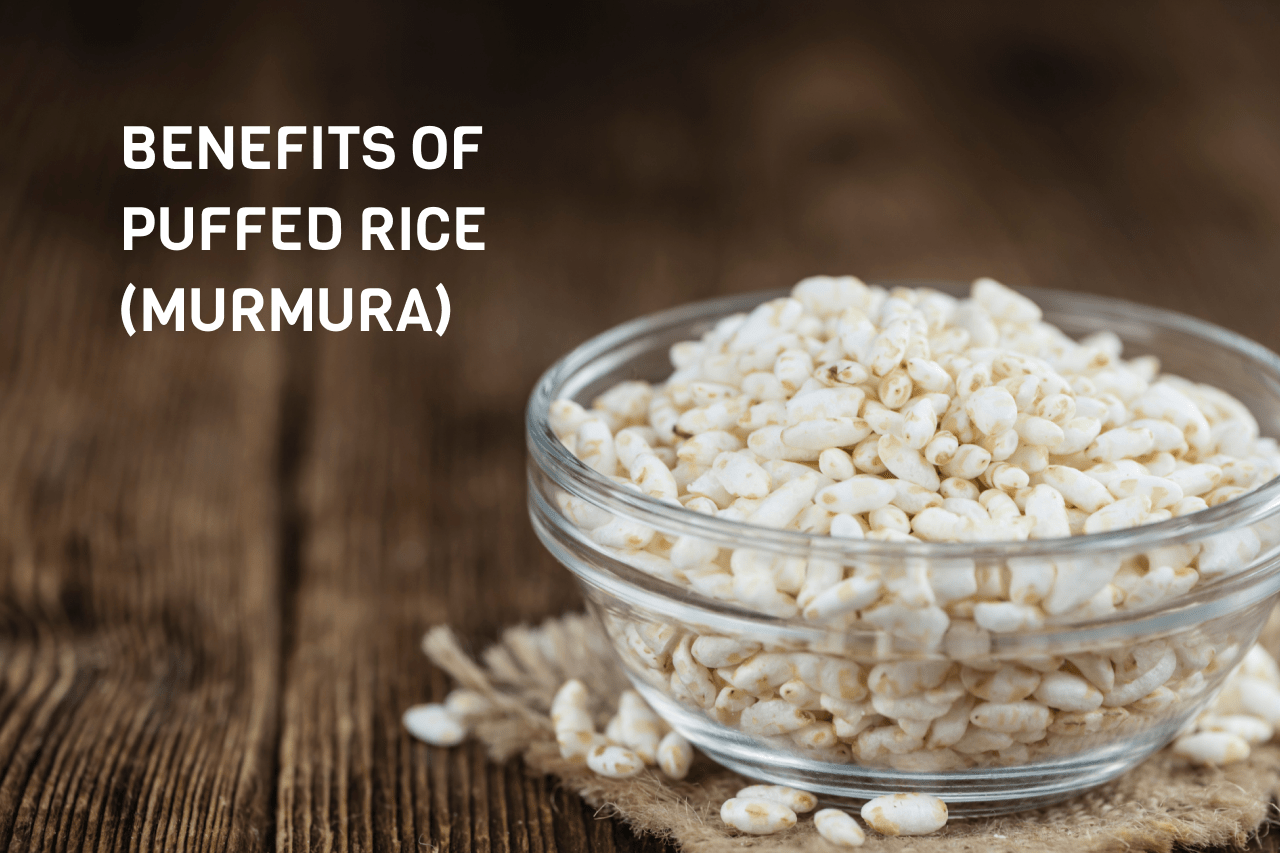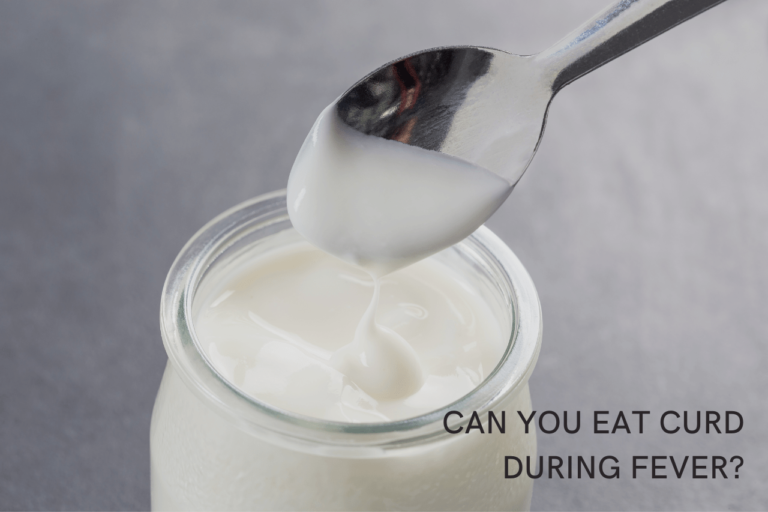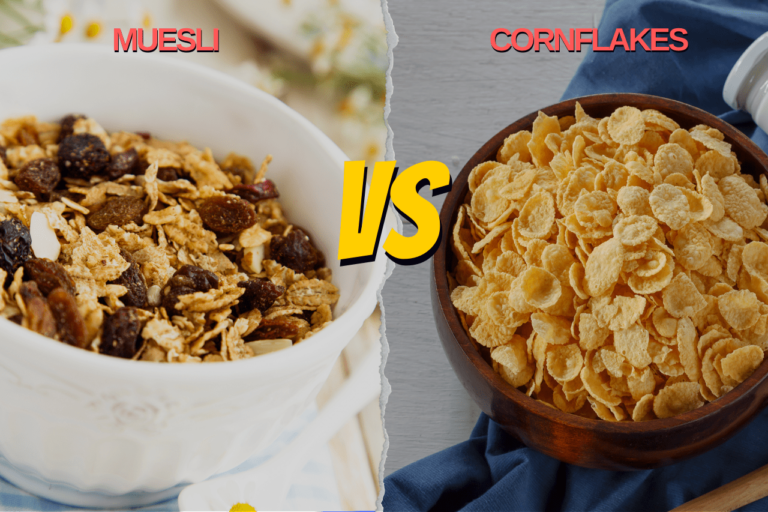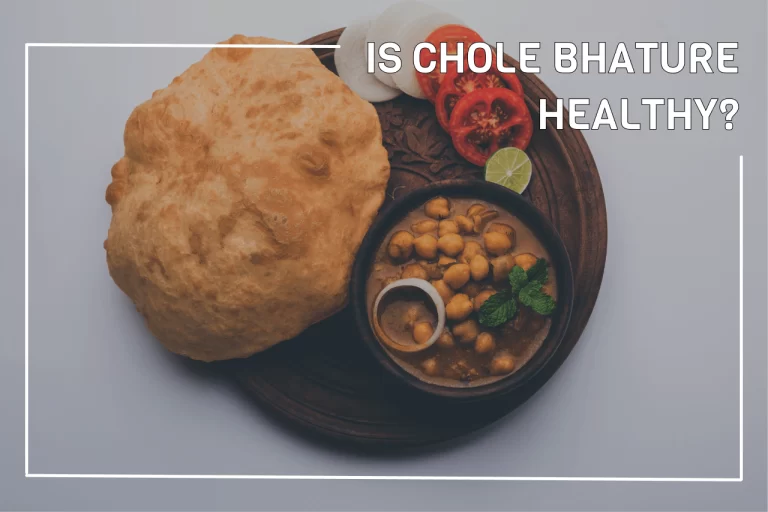Puffed rice, also known as murmura, is a low calorie, good-fiber food with numerous benefits for a healthy life. It’s a popular breakfast or snack food in India, and it’s usually eaten with chaat masala, a spice mix made up of cumin, coriander, black pepper, dried mango powder, and salt.
Although puffed rice is a staple in many Indian households, few are aware of its health benefits. From maintaining a healthy weight to promoting digestion and boosting your immunity, puffed rice has many benefits for your health.
In this post, I have compiled a list of 8 benefits of puffed rice. In addition, I have also addressed some of the most frequently asked questions about puffed rice that will make you more familiar with it.
So let’s begin.
What is puffed rice (Murmura)?
Puffed rice or murmura is a light, fluffy type of rice made by heating rice kernels at high temperatures until they burst. This simple process creates a product that is low in fat and calories yet good in fiber and protein.
It’s not only widely consumed in India but is also in other Asian countries such as China, Japan, Taiwan, Thailand and Korea. In India, it is known by many names: muri, mudhi, murmura, kurmura, borugulu or perched rice.
It’s one of the primary ingredients in Indian street foods like bhel puri. It can, however, be combined with a variety of vegetables, fruits, and nuts to create a healthy snack.
Puffed rice can be made from both white and brown rice, and it can be flavoured with spices or salt.
Nutritional value of Puffed rice (Murmura)
A 100 gram serving of puffed rice provides:
- Calories: 400
- Fat: 0.5 gram
- Cholesterol: 0mg
- Sodium: 3mg
- Potassium: 113.6mg
- Carbohydrates: 90 gram
- Fiber: 1.7 gram
- Protein: 6.2 gram
- Iron: 31.7 mg
8 Benefits of Puffed rice (Murmura)
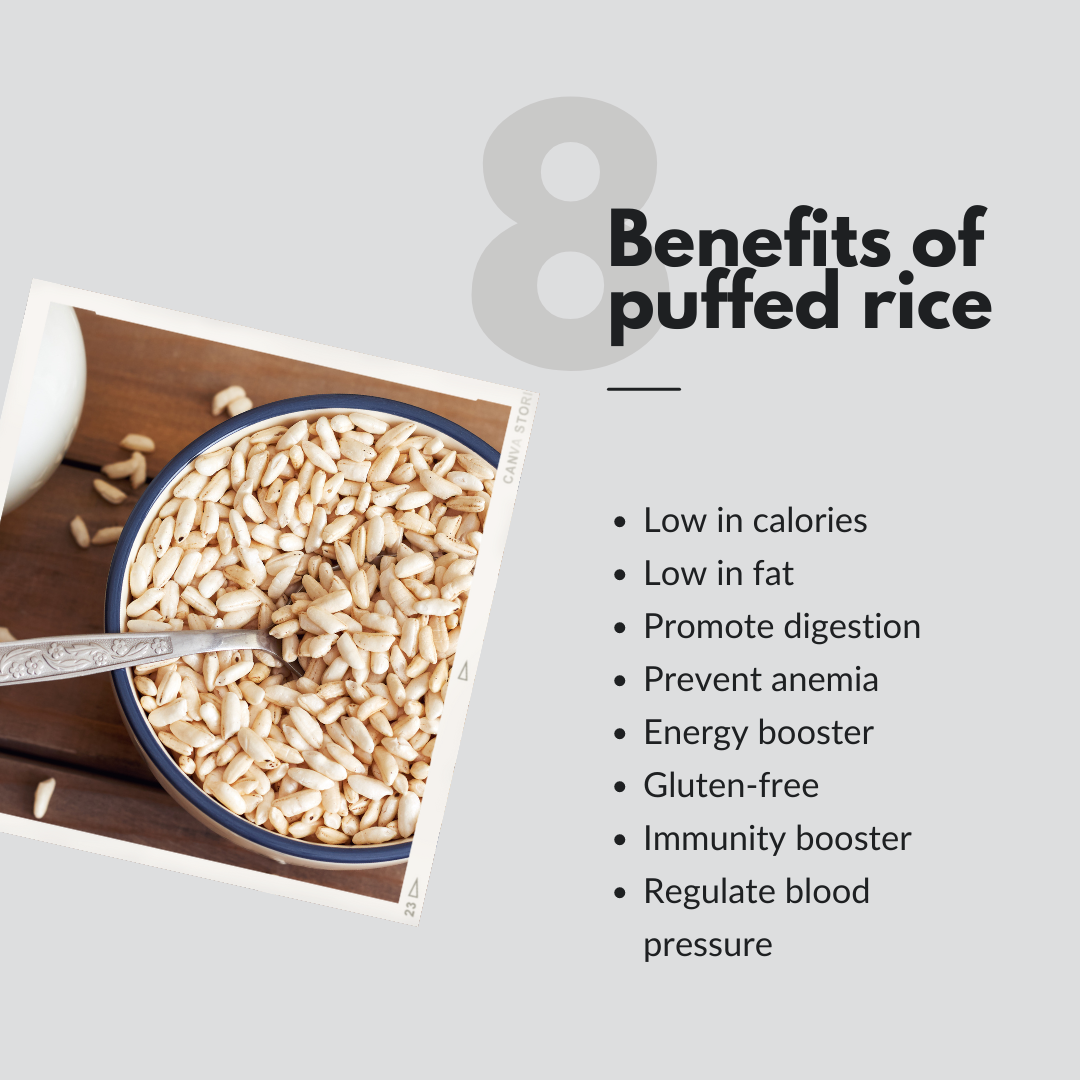
Low in calories
Puffed rice is an excellent option for those looking to lose weight quickly or who are obese.
It is low in calories and is ideal for a quick snack or breakfast.
It contains the same number of calories as other popular breakfast cereals. It’s also a healthier snack option than candies and chips, which are high in calories and unhealthy.
Moreover, adding fruits or vegetables and nuts boosts the nutritional value.
Low-fat food
People who want to lose weight or improve their heart health seek low-fat foods. As a result, they opt for low-fat breakfast cereals. However, these breakfast cereals are highly processed and contain a lot of sugar and other preservatives.
Puffed rice is a low-fat food that does not contain any sugar. Moreover, You also have complete control over the addition of additional ingredients. This makes puffed rice a better low-fat alternative and a healthy way to start your day.
Promote digestion
Puffed rice is a good source of fiber, containing 7% of the daily recommended value.
Fiber is an essential part of a healthy diet, and it also plays a crucial role in promoting digestion. It helps keep your digestive system regular and reduces the risk of some diseases.
Moreover, eating puffed rice may help prevent your constipation problem and eliminate abdominal gas.
Prevents anemia
Puffed rice is an excellent source of Iron, providing more than 300% of the daily recommended value.
Iron is an essential component of a balanced diet because it aids in the formation of haemoglobin and myoglobin, which transport oxygen to the body’s cells. Eating a moderate amount of puffed rice daily in your diet can help prevent anemia.
Furthermore, the high iron content of puffed rice makes it a better alternative to the iron-fortified breakfast cereals on the market.
Provides energy
Puffed rice is a high-carbohydrate food that gives you an energy boost right away. It contains complex carbs, or good carbs, which is a plus.
High carb is generally thought to be unhealthy, but eating complex carbs such as puffed rice has many benefits for your body, such as increased energy, repairing your muscle tissue and regulating your mood.
Gluten-free
The benefits of puffed rice are not just for a selected group of people but for everyone.
Puffed rice is gluten-free, making it an excellent option for people who have gluten sensitivities or allergies.
Additionally, puffed rice is healthier than most breakfast cereals, loaded with sugar and gluten.
Boost immunity
A weak immune system can make you more susceptible to infection and disease. It can also make it harder for your body to heal wounds and regulate its metabolism.
Puffed rice has many vitamins, minerals and phytochemicals that can help keep a check on your immune system. It’s daily consumption boosts immunity and reduces the chances of getting sick.
Regulate blood pressure
If you are a patient with high blood pressure or heart disease, it becomes imperative to limit your sodium intake.
Where most of the foods or breakfast cereals in the market are loaded with sodium, puffed rice is lower in sodium, making it a great addition to your diet.
How to make puffed rice at home?
It may not be common to make puffed rice at home because it’s easily available in stores. However, if you want to make it at home, I got you covered.
There are two ways to make puffed rice at home: with oil or without oil.
Without oil
- Soak 2 cups of thick rice in warm water with 1 tbsp salt for at least half an hour.
- Strain the rice after half an hour to remove the water.
- Let the rice gets completely dried for some time.
- Next, heat a pan and fill it with a bowl of cooking salt. Allow the salt to heat up.
- Pour the rice into the pan and constantly stir over high heat until the rice grains begin to pop and turn into puffed rice.
- Remove the excess salt from the puffed rice, and you are ready with a fresh and salty puffed rice or murmura.
With oil
- Soak 2 cups of thick rice in warm water with 1 tbsp salt for at least half an hour.
- Strain the rice after half an hour to remove the water.
- Let the rice gets completely dried for some time.
- Next, heat a pan and fill it with a bowl of cooking oil. Allow the oil to heat up.
- Pour the rice into the pan and constantly stir over high heat until the rice grains begin to pop and turn into puffed rice.
- Remove the puffed rice from the oil, and you are ready with puffed rice or murmura.
How to make puffed rice healthier?
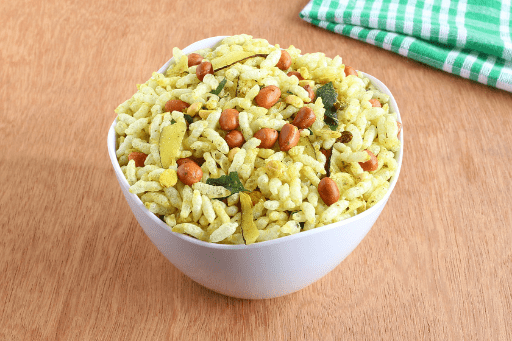
There are many ways to make your puffer rice more delicious and healthier.
Add dry fruits and nuts. This will add essential fatty acids, protein, and fiber to your puffed rice.
Add chopped vegetables or fruits: Adding vegetables or fruits to your puffed rice will add flavour and nutrition. Combine chopped onion and tomato with coriander leaves, cumin, pepper, and a few drops of lemon juice to make it delicious.
Add honey: If you want to enjoy a sweet snack instead of a salty one, drizzle a little honey or maple syrup on top of it. This will add some extra sweetness and calories, but it will also be healthier than adding sugar. Moreover, natural sugars in honey will give you an energy boost and help you power through the day.
Are there any side effects of puffed rice?
Puffed rice falls into the category of processed foods and is high in carbohydrates, which can stall weight loss and contribute to other health problems if eaten in excess.
However, if you are eating puffed rice occasionally or in a moderate amount, then it’s OK.
Try to combine it with a source of protein or healthy fat such as nuts, fruits, and vegetables to make it more nutritious.
Final words
Puffed rice is a good source of nutrition if you’re looking for a quick snack or a breakfast cereal. It’s a good low-fat substitute for many other highly processed breakfast cereals and sugary snacks.
Although, puffed rice does not have any significant side effects. But that doesn’t mean you should solely depend on its for nutrition.
Furthermore, if you eat it occasionally or even daily, try to include it in a moderate amount in your diet, along with plenty of nuts, vegetables, and fruits.
And that’s it.
If you found this information on puffed rice benefits helpful, share it!
Meanwhile, here are a few other posts that might be helpful for you:
FAQs about puffed rice (Murmura)
Despite being low in fat, the glycemic index of puffed rice is pretty high, which may increase your blood sugar levels. This makes puffed rice not great food for people with diabetes.
Although puffed rice is low in fat, eating it in a limited amount may not significantly affect your weight. However, if you eat it in excess, it can lead to weight gain.
Compared to regular white rice, puffed rice is high in calories, protein, fiber, and other minerals. If you are looking to increase your overall nutrition, puffed rice is better. Moreover, the addition of fresh fruits, vegetables, and nuts further increases puffed rice’s nutrition value.
Yes, it is safe to eat puffed rice in a thyroid condition. However, make sure there isn’t too much oil or salt. Also, eat only on rare occasions or in small amounts.
It will be better to choose puffed rice made from brown rice instead of white rice.
